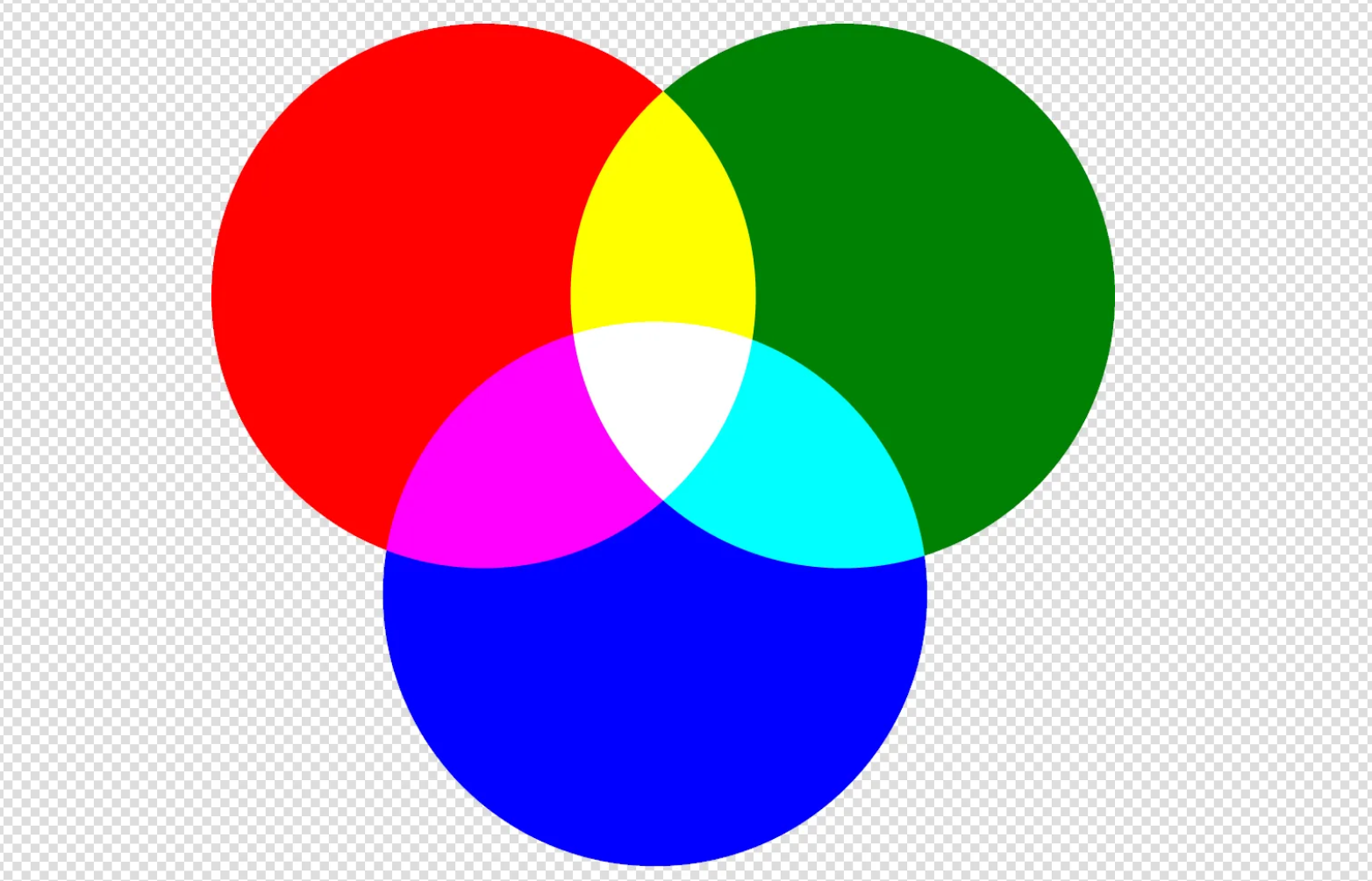Red + Green + Blue = What Color?
Understanding the Science of RGB Color Mixing

Quick Answer: White Light
When red, green, and blue light are combined at equal intensities, they produce white light. This is the foundation of the RGB additive color model used in digital displays, televisions, and most light-based technologies.
The Science Behind RGB Color Mixing
RGB is an additive color model where red, green, and blue light are added together in various combinations to reproduce a broad array of colors. These three colors are considered the primary colors of light.
In the RGB color space, each color is represented by values from 0 to 255:
- Pure Red: (255, 0, 0)
- Pure Green: (0, 255, 0)
- Pure Blue: (0, 0, 255)
- White: (255, 255, 255) - All colors combined at maximum intensity
When all three colors are combined at their maximum intensity, they create white light. This is opposite to the subtractive color model (CMYK) used in printing, where combining all colors creates black.
RGB in Digital Displays
Every pixel on your digital screen consists of three subpixels: one red, one green, and one blue. When you look at a white area on your screen, all three subpixels are illuminated at full brightness. When these colored lights blend together, your eye perceives them as white.
This technology is the backbone of virtually all modern displays:
- Smartphone and tablet screens
- Computer monitors
- Television displays
- Digital projectors
- LED billboards and signs
How RGB Differs from Pigment Mixing
It's important to understand that mixing colored light works differently than mixing physical pigments like paint:
| RGB (Light) | RYB/CMYK (Pigment) |
|---|---|
| Additive model | Subtractive model |
| Primary colors: Red, Green, Blue | Primary colors: Red, Yellow, Blue or Cyan, Magenta, Yellow |
| All colors combined = White | All colors combined = Black/Brown |
| No light = Black | No pigment = White (paper color) |
This difference explains why mixing red, green, and blue paint would not produce white, but rather a dark brown or muddy color.
RGB Color Combinations
When you mix just two of the primary RGB colors, you get secondary colors:
- Red + Green = Yellow (255, 255, 0)
- Red + Blue = Magenta (255, 0, 255)
- Green + Blue = Cyan (0, 255, 255)
These combinations create the basis for millions of colors we see on digital displays.
Practical Applications of RGB Mixing
Understanding RGB color mixing has practical applications in:
- Web Design: Creating color schemes using hex codes or RGB values
- Photography: Adjusting color balance in digital images
- Lighting Design: Creating specific colors for stage lighting or home smart lighting
- Digital Art: Selecting and manipulating colors in digital illustrations
- UI/UX Design: Ensuring accessibility and readability through proper color contrast
The Physics of Light Mixing
From a physics perspective, visible light exists on a spectrum of wavelengths. Red, green, and blue correspond to different wavelengths:
- Red: ~620-750 nm
- Green: ~495-570 nm
- Blue: ~450-495 nm
When all these wavelengths stimulate our retinal cone cells simultaneously, our brain interprets this combination as white light. This is similar to how a prism works in reverse – instead of splitting white light into its component colors, we're combining the component colors to create white light.
Test RGB Color Mixing Yourself
You can experiment with RGB color mixing using our interactive Color Mixer tool. Adjust the red, green, and blue values and observe how they combine to create different colors. This hands-on approach can help deepen your understanding of color theory.
Conclusion
The combination of red, green, and blue light creates white light in the RGB color model. This fundamental principle powers the displays we interact with daily and forms the basis of digital color theory. Understanding how these primary colors interact opens up a world of possibilities in digital design, photography, and visual arts.
Whether you're a designer, artist, photographer, or just curious about how your screen works, appreciating the science of RGB color mixing enhances your ability to work with and understand the digital world around you.